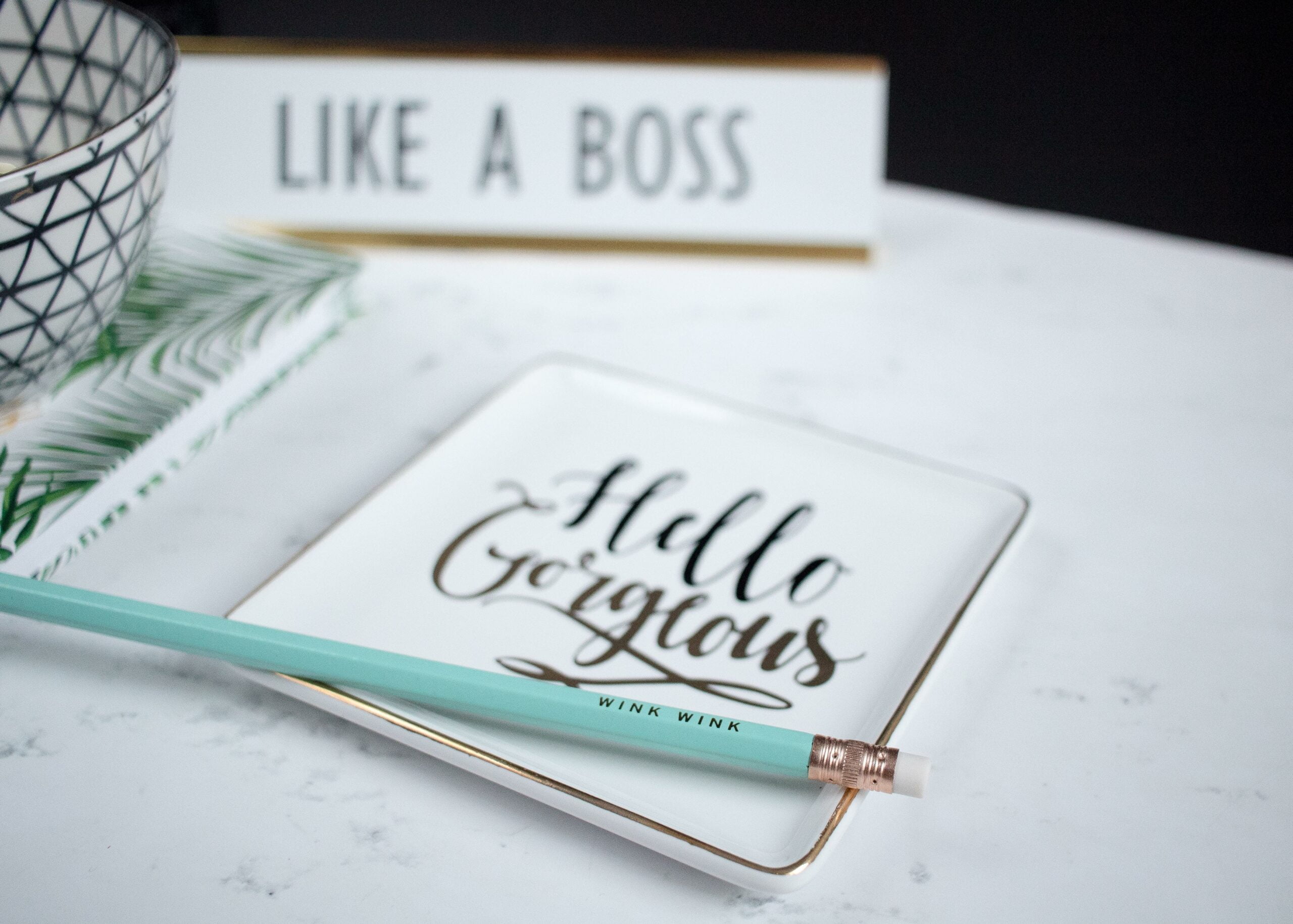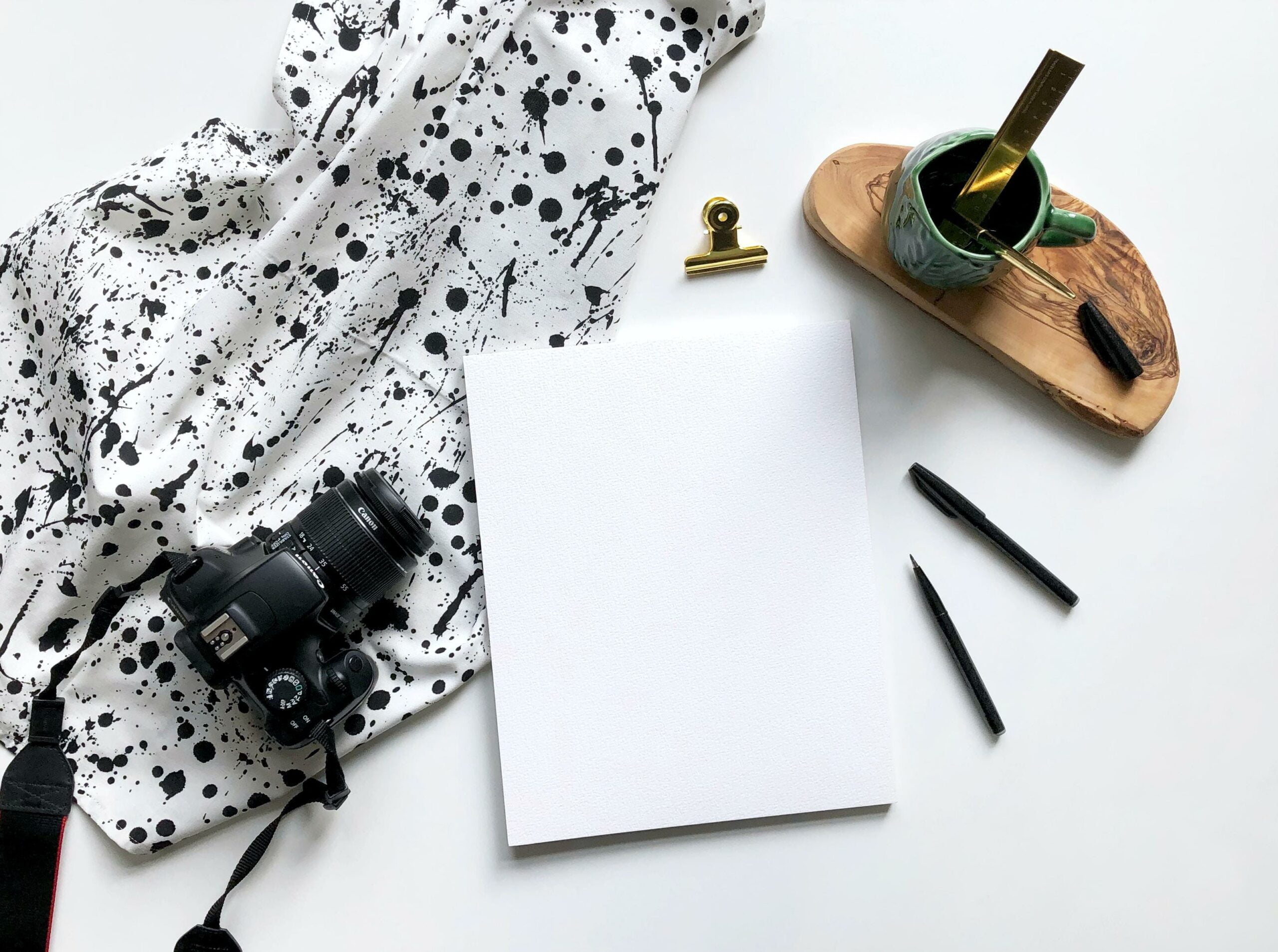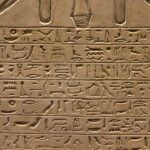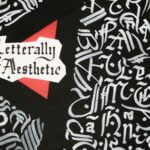Step into the mesmerizing world of calligraphy, where the strokes of a pen unveil secrets and unravel tales. In this article, we embark on a journey like no other, delving deep into the peculiar and enigmatic aspects of calligraphy. From the unexpected twists of ancient scripts to the captivating stories behind unique calligraphic techniques, prepare to be captivated by the strange curiosities that lie within the realm of this exquisite art form. Join me as we uncover the hidden wonders and unravel the mysteries of calligraphy’s intriguing past.

Strange Curiosities of Calligraphy
Calligraphy, the ancient art of beautiful writing, has fascinated artists and enthusiasts for centuries. Behind its elegant surface lies a world of strange and intriguing curiosities that make it unlike any other art form. Let’s dive deep into the lesser-known aspects of calligraphy and unearth the unusual.
1. Mysterious Materials: Did you know that the tools used in calligraphy have a touch of the bizarre? In ancient times, bamboo was crafted into brushes, while the whiskers of brushes were made from hair sourced from unexpected animals like mice, wolves, pigs, and more. These peculiar materials added a unique touch to the brush strokes, making calligraphy a truly distinctive art form.
“Behind the graceful lines of calligraphy lies a world of peculiar materials, crafted from bamboo and adorned with the delicate whiskers of unexpected creatures.”
2. Calligraphy and Culture: Calligraphy is esteemed as a greater art form than sculpture and painting in East Asian and Middle Eastern cultures. It holds a deep connection to religion, as seen in Islam where calligraphy beautifully integrates the Arabic language with the teachings of the Qur’an. This unique blend of linguistic and artistic mastery gives calligraphy a deeper meaning, transcending mere visual beauty.
“Within the strokes of calligraphy, cultures find their greatest expression, transcending art to intertwine with religion and language.”
3. A Resurgence: In the 19th century, calligraphy experienced a revival thanks to the Arts and Crafts movement. Notably, letterer Edward Johnston played a significant role in reintroducing calligraphy to society. He not only contributed to the modern revival but also became a teacher, passing on his knowledge to future generations. This resurgence brought calligraphy back into the limelight and secured its place among other revered art forms.
“The 19th century witnessed the rebirth of calligraphy as a cultural force, with Edward Johnston leading the way and ensuring its preservation for generations to come.”
4. A Journey Through Time: Calligraphy is not confined to a specific language or writing system. It can be found throughout history, spanning various cultures and geographic regions. From ancient China to the Middle East, calligraphy has adorned countless manuscripts and documents, each bearing its own unique style. This diverse array of calligraphic traditions allows us to embark on a fascinating journey through time, exploring the evolution of this art form.
“Calligraphy, a universal language written in strokes, takes us on a journey through time, unveiling the diverse and captivating styles that emerged from different corners of the world.”
5. Artistry in Form and Proportion: Learning calligraphy demands a meticulous understanding of form and proportion. From the position of the paper to the angle of the brush, each stroke requires precision. Calligraphers master the delicate balance between control and spontaneity, creating harmonious compositions that captivate the eye. With each stroke, they unveil the mesmerizing symphony of form and proportion on the canvas.
“In the realm of calligraphy, form and proportion dance together, as artists master the delicate choreography that brings their compositions to life.”
In conclusion, calligraphy’s strange curiosities add a layer of enchantment to this ancient art form. From the peculiar materials used in brushes to the deep cultural and religious connections, calligraphy captivates us with its unique blend of aesthetics and meaning. As we explore the strange curiosities of calligraphy, we not only uncover its historical significance but also gain a deeper appreciation for the artistry and craftsmanship behind each stroke.
Curious to unravel more about the strange curiosities of calligraphy? Stay tuned for our upcoming articles as we continue this journey through the enchanting world of calligraphy’s peculiarities.
“Enter the realm of calligraphy’s peculiarities and let yourself be enchanted by the mysteries that lie within each stroke.”
Calligraphy is often seen as a beautiful art form, but did you know that it also has its fair share of weird and fascinating facts? If you’re craving some intriguing insights into the world of calligraphy, look no further. We’ve compiled a list of the most unusual tidbits about this ancient practice. From the use of unconventional tools to the surprising origins of certain scripts, these weird facts will leave you in awe. So, if you’re ready to dive into the wild and wonderful world of calligraphy, click here to discover some truly mind-blowing facts: weird facts about calligraphy.
FAQ
Question 1
What is the origin of calligraphy?
Answer 1
Calligraphy originated in ancient China.
Question 2
What does the term calligraphy mean?
Answer 2
The term calligraphy means ‘beautiful writing’ derived from its Greek roots.
Question 3
What are the three basic forms of calligraphy?
Answer 3
The three basic forms of calligraphy are Western, Arabic, and Oriental.
Question 4
What materials were traditionally used to create calligraphy brushes?
Answer 4
Bamboo was used to make the brush’s body, while hair from mice, wolves, pigs, and other animals were used to form the whiskers of the brush.
Question 5
Who played a significant role in the modern revival of calligraphy?
Answer 5
Edward Johnston, a letterer, played a significant role in the modern revival of calligraphy and taught others the art form.
“`json
“`
- Unveiling Bernhard Caesar Einstein’s Scientific Achievements: A Legacy in Engineering - July 15, 2025
- Uncover who is Jerry McSorley: CEO, Family Man, Business Success Story - July 15, 2025
- Discover Bernhard Caesar Einstein’s Scientific Contributions: Unveiling a Legacy Beyond Einstein - July 15, 2025















